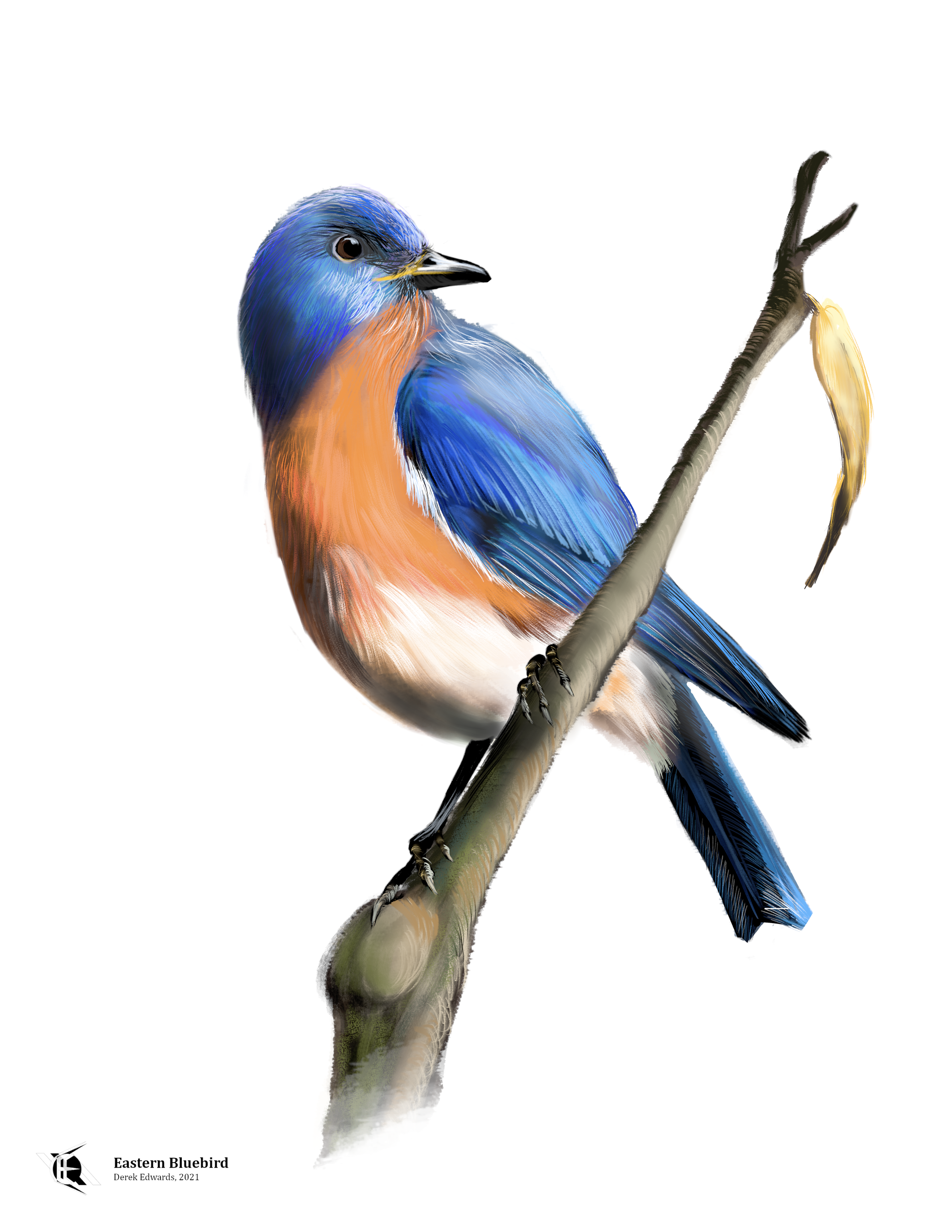
Running Commentary 3/29/2021
Hello,
I'd just like to alert you that I'll be taking next week off from RC for Easter. If your inbox is empty next Monday, it's not a delayed April Fool's joke, its just that I generally do most of the writing for this on the weekend, and I don't want to spend Easter Sunday typing up curation summaries.
Anyway...
Watching...
The second episode of Falcon and the Winter Soldier released Friday, finally giving us both characters in the same scene. Here are my notes. SPOILERS

- A lot of the personal bits of the first episode (Sam's family, Bucky's attempts at a retirement) are missing here.
- Instead, we see a bit of John Walker's life. I like that they aren't making him the villain, simply the antagonist. He seems like what the powers that be wanted Rogers to be under the Sokovia accords.
- The Flag-Smashers, so far, are pretty weak sauce. I figured that Zemo was behind them, since he was in the trailers, but there's been no indication of that so far.
- Overall, this show has a lot of interesting ideas crowded out by a lot of somewhat by-the-numbers action scenes. I'm hoping it gets better as it goes on.
Warframe
There was a Devstream Friday, but not a whole lot was mentioned. DE is monitoring the gameplay of the new Railjack, the next mainline update will be in April, and will bring the Corpus Liches and the rest of the railjack changes in the pipe. We saw Sevagoth's alt helmet, and a teaser about an NPC in the next quest. The game's eighth anniversary, which was this past week, will be celebrated all next month with some special prizes, including a new skin for Rhino which looked pretty nice.

Bird of the Week
This week we have the Eastern Bluebird, a migratory thrush which is generally on everyone's list of favorite North American birds. Like their larger cousins, the American robins, these birds travel south for the winter, and have been watched for as a portent of spring for as long as humans have known of them. Unlike robins, bluebirds have not adapted to urban or suburban life. Bluebirds were most common during the early, agrarian era of American history, when the dense forests were cleared away to form fields and open clearings, these birds' favored habitat. They were the farmer's friend, eating insects found in crops. As farmland has been converted into subdivisions, and remaining farms have expanded use of pesticides, bluebirds have declined, hitting a low point around the 1970s. Additionally, the introduction of house sparrows and starlings from Europe has meant increased ecological competition for bluebirds. Still, they are common, if no longer ubiquitous, sights in the American country-side, and are not considered a threatened species.
Their binomial name is Sialia sialis, which is another one of those instances of Linnaeus grabbing a random name from Greek bird lists and applying it to a new-found bird. Sialia was later organized as the genus for bluebirds generally by W. J. Swainson, the illustrator and quinarian biologist who we've met in an earlier Bird of the Week. Besides the eastern bluebird, the genus includes the near-identical looking western bluebird, which is found in the southwestern states and northern Mexico, and the mountain bluebird, an all-blue bird found throughout the western half of the continent.
New York and Missouri have both named the Eastern Bluebird as their state bird. Bluebirds are mentioned in songs and poems as symbols of joy and hope for a brighter tomorrow.
Curation Links
Dunkin’ and the Doughnut King | Greg Nichols, The California Sunday Magazine
"Ted Ngoy overcame poverty and escaped genocide, made a fortune off doughnuts and gambled it all away. Today, Ngoy is back on top — but America’s biggest doughnut chain could threaten the hundreds of California shops that are his legacy."
The Entire History of Steel | Jonathan Schifman, Popular Mechanics
What it says in the title, really. A summary of thousands of years of metallurgical history, from meteoroid-sourced royal daggers to wrought iron to Bessemer to Carnegie to today.
The battle to control America’s ‘most destructive’ species: feral pigs | Stephen Robert Miller, National Geographic
"No pig or any other member of the swine family, Suidae—which includes warthogs, Russian boar, and domestic pigs—is native to the Western Hemisphere. Those found here today trace their lineage back to a wild boar that likely evolved in Southeast Asia and was imported to the Americas over centuries." A look at one of the worst invasive species in North America, the feral hog, and the methods being used to curtail their advance into the wilderness.
A Taxonomy of Country Boys | Drew Bratcher, The Paris Review
A survey of country music, and the presence of various similar archetypes found therein, from Nashville-based art and music writer Drew Bratcher
Black Box of the Terraworms | Barton Aikman, Apex Magazine
[FICTION] An account left behind by a horde of terraforming robots of the strange world they devoured to make way for human colonists.

Member Commentary